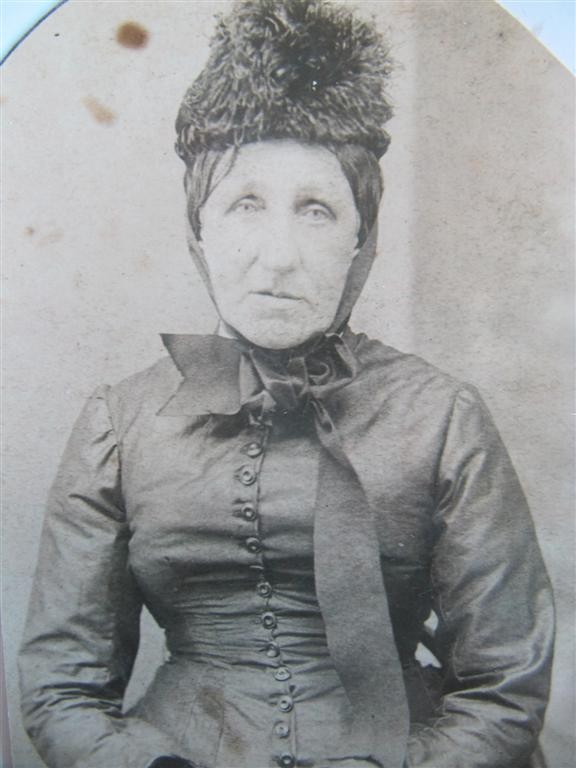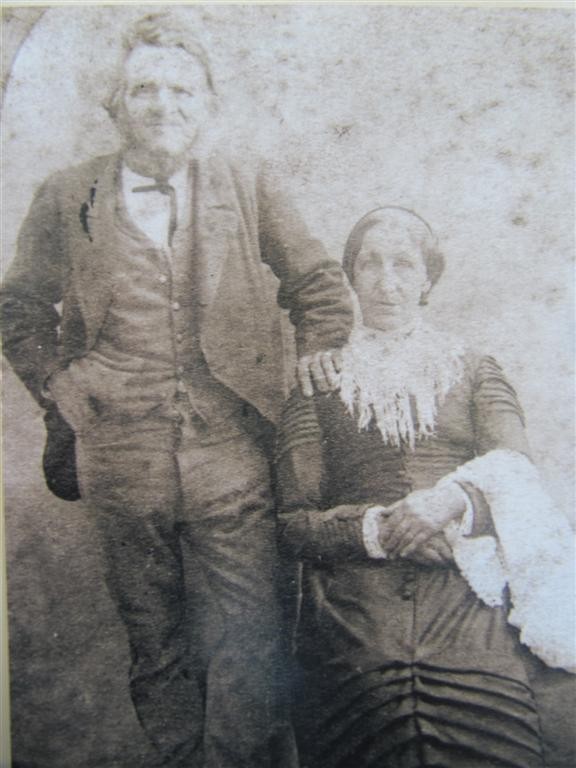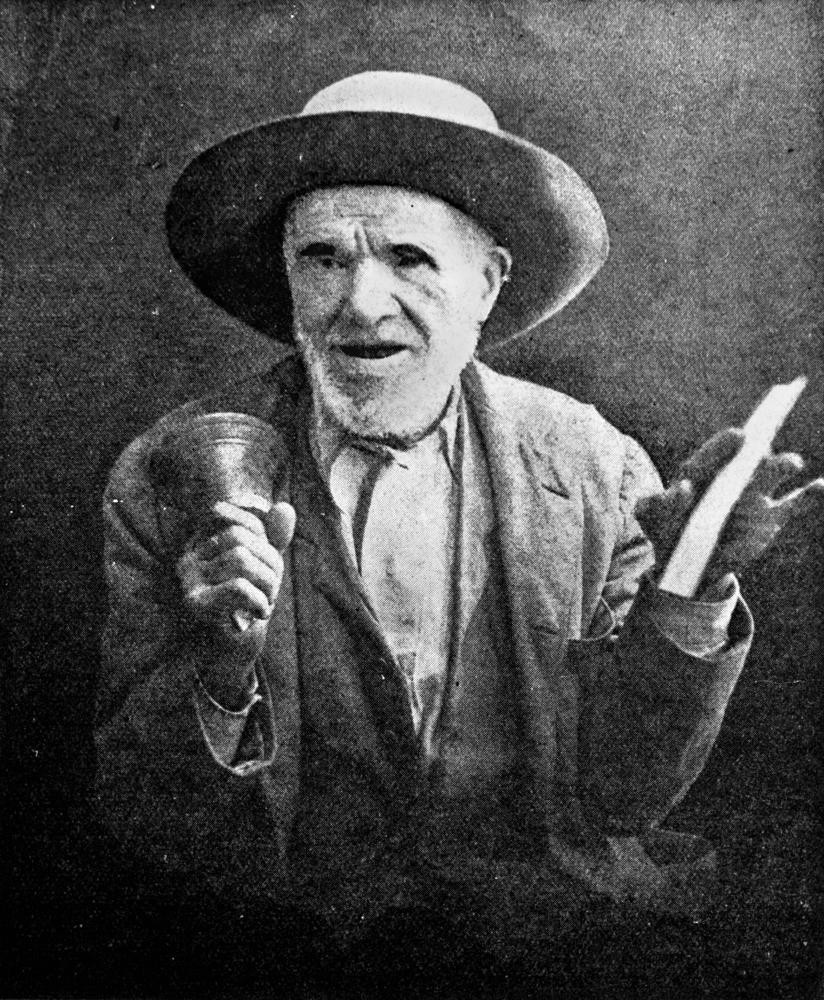Jack Howe (26 July 1861- 21 July 1920) is characteristically known for his physical achievements and the extraordinary qualities of his physique which gave rise to them but there was more to him than that. His background was the pioneering era of the Darling Downs and it was on the Downs he lived for much of his life. His parents linked him to the time of the Leslies and Canning Downs.

His mother and aunt both received bigger obituaries. Why?
Jack, a strong Catholic, was reported in the Catholic Advocate (13 April 1916) as associating his religion with his mother born in Limerick, Ireland. His mother, Louisa Stokes and her family were actually baptised in St Mary’s Anglican Church Islington North London. Her father was a local butcher. We can view the original records since Ancestry digitised them. The Islington connection is consistent with the 1841 census record (Ancestry) and her immigration entries available on the State Records, New South Wales lists.
Louisa and Annie Stokes came to Canning Downs as companions to Mrs George Leslie (nee Emmeline Maria Macarthur). Louisa’s obituary (Warwick Argus 27 January 1914) recounted that the sisters arrived in Moreton Bay in 1847 on the Essex with the Leslies. In fact Annie had arrived in New South Wales in 1844 on the Templar. Annie McDonald’s obituary (Queensland Times 18 July 1918) explains that she worked for Anglican Bishop Broughton and later for Lieut-Colonel Barney. She accompanied the Barney family in the Lord Auckland on the initial attempt to settle Port Curtis in 1847. Louisa arrived on the John Bright in 1849 and together, the Misses Stokes travelled to Moreton Bay on the Eagle (not the Essex) from Sydney in 1849 (not 1847) with Mr and Mrs George Leslie. (Moreton Bay Courier 10 Sept 1849 ‘Shipping intelligence’).

What was the Darling Downs like in this early period?
The Courier Mail 4 March 1940 wrote an article based on the memoirs of Emmeline de Falbe (formerly Leslie, nee Macarthur). After the death of George Leslie, his widow married Cpt Vigant de Falbe. Later, a family member produced a book based on her reminiscences, My dear Miss Macarthur : the recollections of Emmeline Maria Macarthur (1828-1911) by Jane de Falbe. It can be read at the State Library.
Brisbane, she writes,’had only one street, several official buildings, a temporary church, and a few stores’. The article continues: ’The Leslies borrowed Captain Wickham's inside car, and set out for their new home with two horses. Warwick consisted then of two slab houses, one a public house and the other dignified by the name of a Court House’.
In this small world of pioneers, it is not surprising that the two young sisters married men from Canning Downs station, their new home with the Leslies. Louisa wed William Chadburn, a groom, 14 July 1851 with the consent of Walter Leslie JP. In the Court House, Benjamin Glennie, later Anglican Bishop, officiated. The witnesses were George and Emmeline Leslie along with a Leslie cousin, Gilbert Davidson. At the same Court House a few weeks later, 4 August 1851, Ann Stokes and John McDonald, a Scotsman and station employee were married, again by Benjamin Glennie. John McDonald later took a lease on George Thorn’s Queen’s Arms Hotel in Ipswich and so they moved there. Louisa had three children with William Chadburn and it was on his return from registering his son that he drowned, ‘while on horse-back’, in the flooded Condamine River 22 February 1857. (North Australian 3 March 1857.)

John and Louisa Howe
Louisa Chadburn(e) remarried - to John Robert Howe on 23 January 1860 at Killarney. The Rev. Thomas Kingsford, Presbyterian minister officiated. (Moreton Bay Courier 31 January 1860). They had five children. Their eldest, and only son, is listed on the Queensland Registry birth index as an unnamed male, born 26 July 1861. He was to be given his father’s names: John Robert Howe.
The father was a colourful character in his own right: a circus acrobat and juggler, overlander, shearer, town crier and reputed wit. His obituary (Warwick Examiner and Times 6 September 1913) stated that he came to Warwick with La Rosier’s Circus 65 years previously. It continued: ‘He claimed to be the first clown to travel the Australian colonies’. The Moreton Bay Courier reported the success of the circus tour in 1855 and on 21 July described the circus performance in Warwick: ‘ used their utmost exertions to please, and with great success’. It is said that Jack Howe inherited his physical prowess from his father.
John Robert Howe: more than a famous shearer
Jack Howe’s involvement with the Trade Union movement and his support for T. J. Ryan’s Labor Party reflected the concerns of the shearers of the late 19th and early 20th Centuries. He had grazing and hotel interests which further linked him to the community. Jack Howe did not promote his personal achievements, a point noted by the Catholic Advocate journalist. He did not even boast to his family. His son, another Jack Howe, tried to find out about his father’s shearing record by writing to the Courier. He did however use his fame to assist his community. The party in his honour when he left his hotel is supposed to be the biggest Blackall had seen.
His wife, Margaret Alexandra Victoria Short whom he married 24 April 1890 and with whom he had 10 children, was the originator of the original ‘Jackie Howe’ short sleeved shirt. She was also the daughter of two Irish convicts and a connection to other colourful stories.
Jack Howe is a famous Australian for a number of achievements but his family and background on the Darling Downs, not just his physique, shed light on these. The State Library has newspaper cuttings, photographs, books and documents which allow the researcher to explore this further.
Further reading:
Comments
Your email address will not be published.
We welcome relevant, respectful comments.